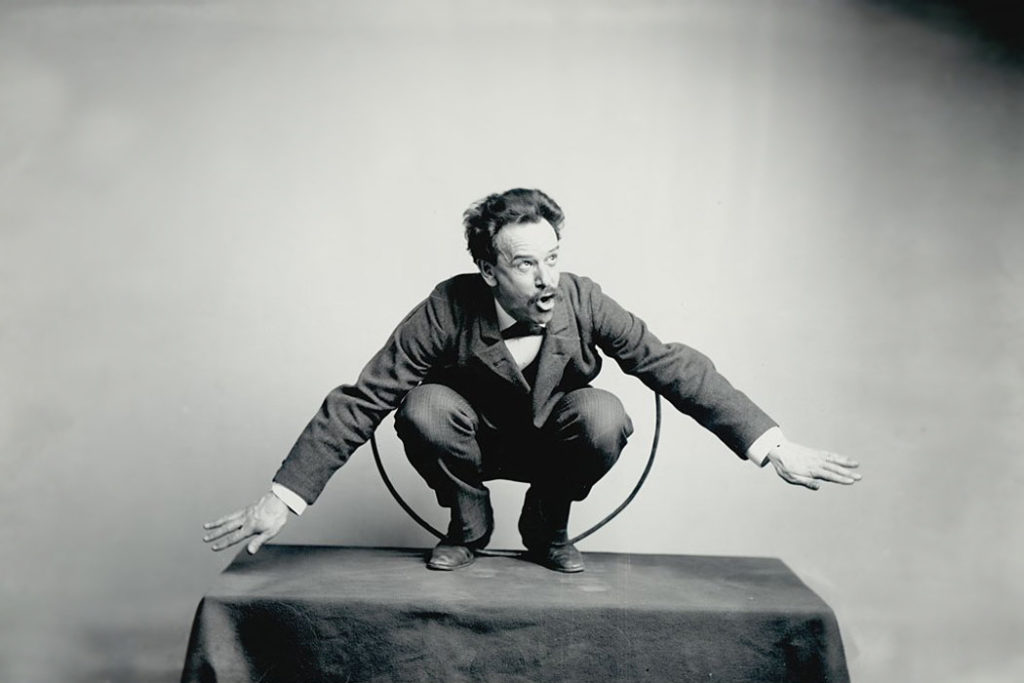
BY: Mitchell Ma, PhD Candidate, University of Toronto
Empathy is defined as sharing and understanding others’ emotions. Although the ability probably predated the human species, the term “empathy” was a relatively modern invention. The English psychologist Edward B. Titchener (1909) invented the term as a translation of the German word “Einfuhlung”, a term which means “to project yourself into what you observe”.
Empathy is no doubt an important ability that allows us to interact effectively in the social world. Empathy allows us to emotionally understand the intentions of others, see things from other’s perspectives and imagine ourselves in their place. It is the “glue” that draws people to help and refrain from hurting one another in a society. (Cohen and Wheelwright 2004). Yet, simple look on social media or the comments section of news articles will often reveal how lacking we are with this virtue.
A 2009 study based on a review of 72 studies of 14,000 American college students showed that there was a steep decline in empathy amongst young people from 1979 to 2009 (Konranth, O’s Brien and Hsing 2011). This decline in empathy seems to be concurrent with the rise of mental health problems in the United States (American Psychological Association 2019).
The decline in empathy indicates an ongoing social problem, one that anthropology, a discipline rooted in understanding and conveying the universal human experience, is specially trained to help address.
Psychologists generally believe there are two types of empathy: emotional and cognitive. Whereas emotional empathy is an innate ability to feel what another person is feeling, cognitive empathy is understanding. It is a skill that takes time and conscious effort to develop. The ability to think about what the world is like from someone else’s perspective and rationalizing what they might be thinking. To develop this kind of imagination, we need to be exposed to people who are different and understand why they believe what they do.

So how does anthropology come into play with all this? One of the foundational theories in anthropology is cultural relativism. Cultural relativism is the assumption that cultural differences should not be judged by absolute standards (Boas 1887). Cultural relativism does not mean there is no right or wrong ethical system (Boas 1938). It simply acknowledges human cultures are different. It might be difficult for individuals to fully understand the practices, beliefs, and values of others unless they consider where they come from, their experience, and their social and cultural background. It is a thought process that allows us to expand our worldview and identify assumptions and mitigate our bias.
As the world becomes increasingly interconnected, we see greater diversity in every setting. This means we are interacting with people not just of different races, genders, and age, but also of different religious and political beliefs, socioeconomic backgrounds, sexual orientation, physical abilities and neurotypes. While it might be impossible for us to fully understand their experience, by learning to see things from another point of view, we can at least realize certain universal human principles to help guide our decisions. As Boas (1938) puts it, once we recognize the shackles that tradition laid upon us, we will be able to break them.
It has been said that ignorance breeds hate and hate breeds violence. This is where I think we anthropologists can make a difference. I feel there is a need for us to discuss how we can foster the open and nuance approach of cultural relativism amongst those around us. We should take the initiative to promote empathetic thinking and understanding through cultural literacy. Only by understanding the kind of values that prompted people’s decision-making processes, can the different segments of our society appreciate our shared humanity and work together in peace for common good.
References
American Psychological Association (2019) Speaking of Psychology: The decline of empathy and the rise of narcissism. Retrieved from: https://www.apa.org/research/action/speaking-of-psychology/empathy-narcissism
Baron-Cohen, S., & Wheelwright, S. (2004) The Empathy Quotient: An Investigation of Adults with Asperger Syndrome or High Functioning Autism and Normal Sex Differences. Journal of Autism and Developmental Disorders 34(2): 163-175.
Boas, F. (1887) The Museums of Ethnology and their classification. Science 9: 589.
Boa, F. (1938), An Anthropologist’s “Credo”. The Nation 147: 201-204.
Konrath, S.H., O’Brien, E.H., and Hsing, C. (20011) Changes in Dispositional Empathy in American College Students Over Time: A Meta Analysis. Personality and Social Psychology Review 15(2): 180-198
Titchener, E.B. (1909) Elementary psychology of the thought processes. New York: Macmillan.

Leave a Reply
You must be logged in to post a comment.